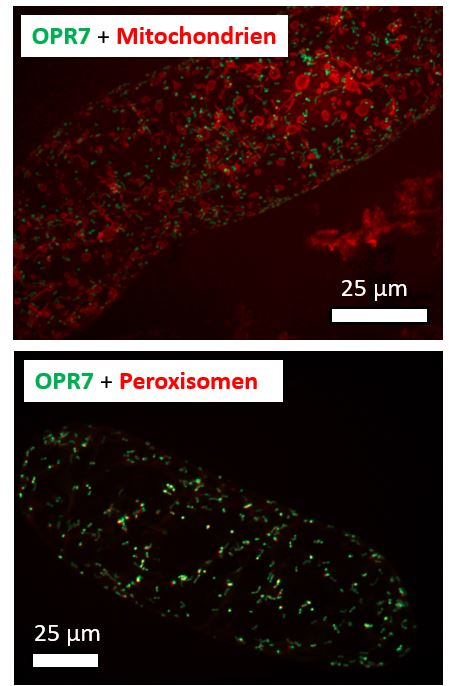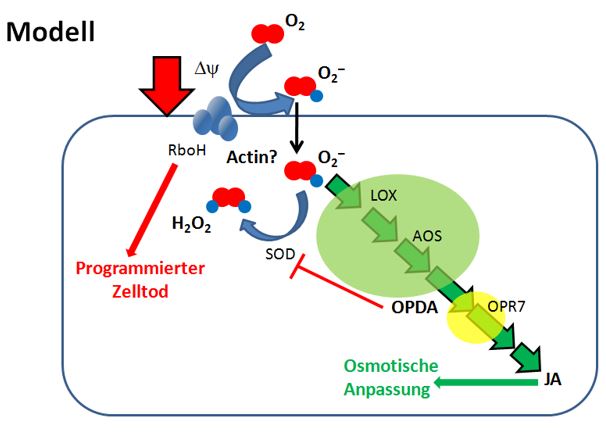Desert Cereals
What for do we need this research? - What did we find out? - How can we proceed from here?
What for do we need this resarch?
In the 20th century, human population exploded. More people need more food, but there is not more area available for agriculture. In contrast: cities and deserts globally compete with agriculture. Nevertheless there is sufficient food on this planet (hunger in many countries is caused by politics, not by biology). Why? Because the so called Green Revolution managed to multiply yield per area over the last five decades. Fertilisation, plant protection, and technological advance were certainly relevant for this. But the lion's share was achieved by genetics. Breeding of new crops able to generate maximum yields, probably belongs to the greatest achievements of mankind during the last century. However, the brilliance Green Revolution has turned a bit dull. Why? Because these high yields are not produced in a sustainable manner – soils are overexploited, artificial irrigations promotes soil salinity of large areas, chemical plant protection and mineral fertiliser demand a price that has to be paid in ecological terms: the precious ressource water is on stake.
Thus, the Green Revolution has to become more sustainable. Even more: it has to be reconceived. However, we do not have to resort on miracles - it is sufficient to recognise and utilise the problem solutions developed during evolution. Plants are actually able to defend themselves against drought and salty soils. We just have made them loose this ability, while overstressing high yields during domestication.
A sustainable agriculture has to focus on the resilience of crop plants against abiotic and biotic stress factors. Stress tolerance has therefore become of of the three prime goals of green biotechnology. In this context, drought tolerance of crops has attracted considerable attention.
Wheat is the most important staple crop in Egypt with a yield of 7 mio tons, what covers roughly 50% of the need. To bridge the gap between production and consumption, wheat cultivation had to be extended to the more arid regions of the country, requiring the use of drought tolerant genotypes.The situation for rice as most important global staple crop and at the same time a central model for functional plant genetics, is even more accentuated.
Our research on stress tolerance in rice and grapevine has identified the plant hormone jasmonate as central switch. When jasmonate signaling is activated and resilenced in the right timing, the plant cell can adapt to salt and drought stress. When jasmonate signaling is deregulated, this will lead to cell death. We have already identified factors that shape this „jasmonate signature“. Together with the team of Dr. Rania from the Agricultural Genetic Engineering Research Institute in Gizeh and the group of Dr. Kohli at the International Rice Research Institute in Manila we want to use these factors to improve drought resistance of cereals by molecular breeding. In a project funded by the German Ministry of Research, we could identify the enzyme OPDA Reductase (OPR7) as central switch for the response to drought and also were able to show that upregulation of this enzyme improves osmotic adaptation in tobacco cells. We have generated transgenic rice and wheat lines to test their tolerance against drought and salt stress. When these experiments will confirm what we have found in tobacco cells, we can screen genetic resources of rice and wheat for changes in OPR7 and, thus, identify suitable genotypes for breeding. The breeding itself can be strongly accelerated, since we already know, which gene variant is desired (so called smart breeding).
To do smart breeding, we need biodiversity. Biodiversity in crop plants is highest in their center of domestication. We therefore investigate old landraces from India and Myanmar to identify favourable gene variants. For one of these landraces, the aromatic and precious Paw San from Myanmar, we have already generated a high-quality draft genome, where we can now search for alterations of our favourite OPR7 or its interaction partners.



